Coach Reveals 10 of the "Dumbest" Mistakes You Are Making Before Going to the Gym
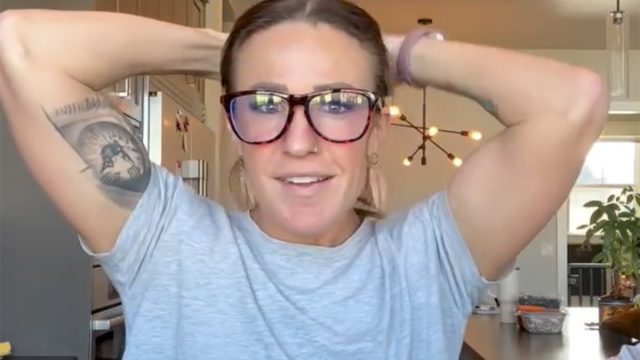
Are you going to the gym but not achieving the desired results? You could be making a common mistake before even walking in the door. Brittney Blanco is a Macros Nutrition Coach and social media influencer who regularly shares her creative weight loss meal recipes with her followers. In a new post, she reveals that some of your pre-workout habits could be sabotaging results. "10 of the dumbest things people do before the gym to ruin their workout," she writes.
Make Every Second Count

According to Britt, "if you want to get more out of your workouts and see real progress, let's make sure you're not wasting your time. Think about it—you probably spend 5-6 hours in the gym a week (which is barely 4% of your total time). So, why not make every second count? Here are some mistakes I've made before—so you don't have to," she says.
Training on an Empty Stomach
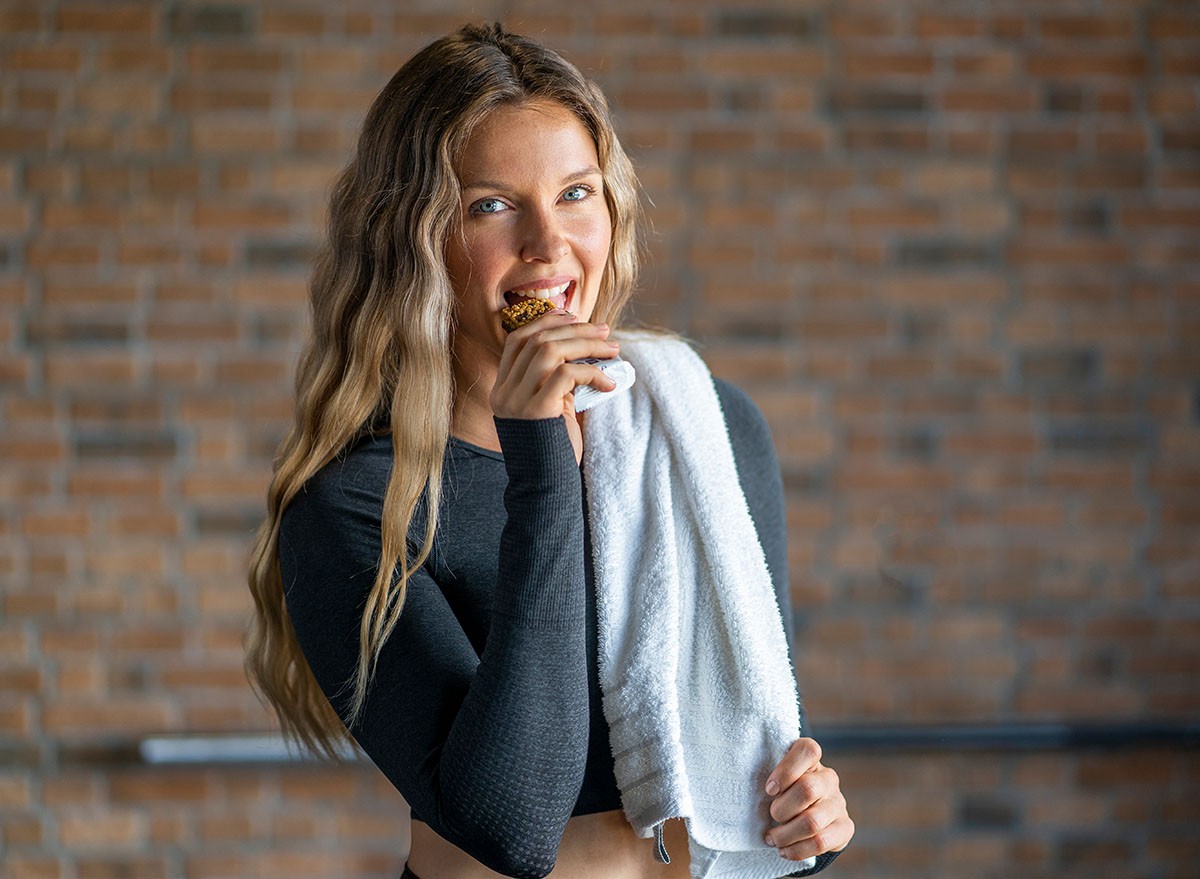
The first mistake you could be making? "Training on an empty stomach," she says. "If you're running on fumes, your workout will be trash. Even a small snack can make a huge difference."
Eating a Big Meal Before
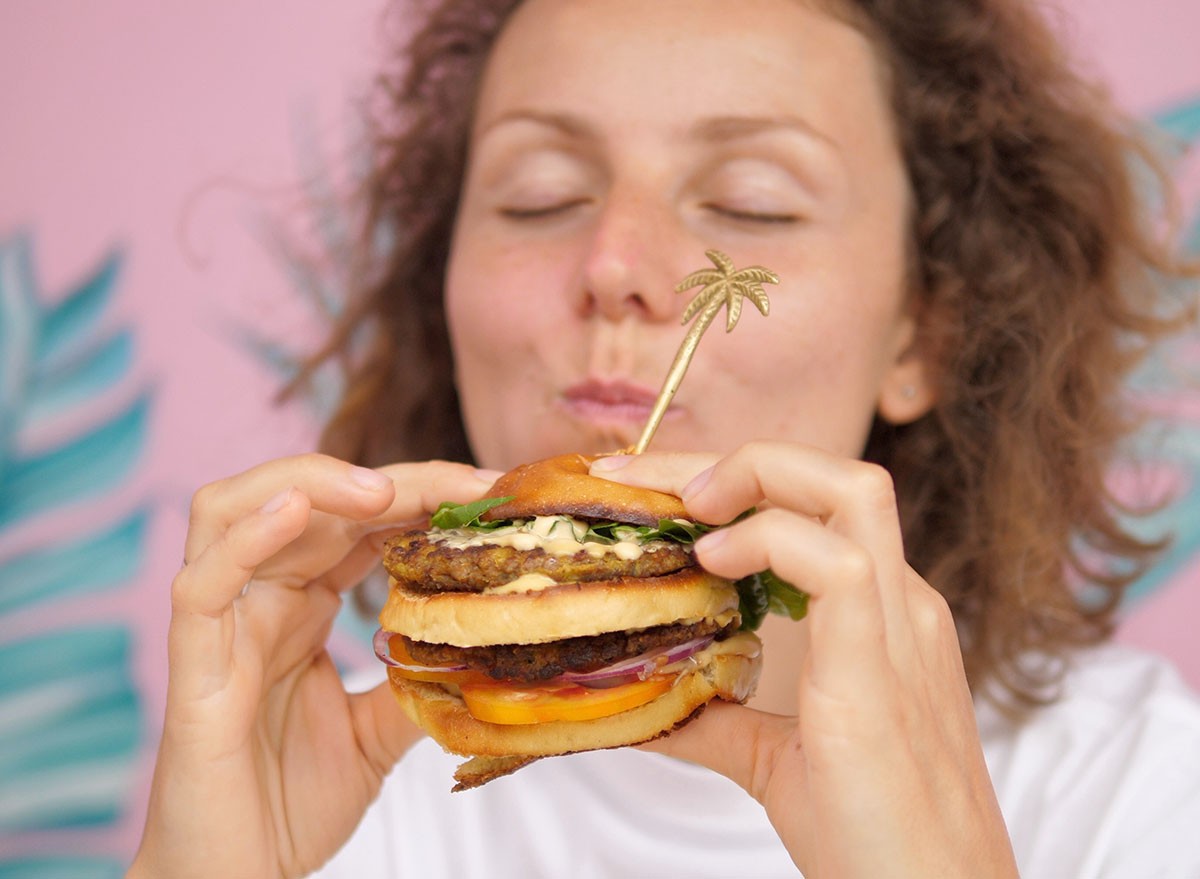
While a snack won't hurt, eating a "massive meal" right before your workout is a mistake. "Ever tried squatting with a full stomach? Yeah… don't," she says.
Overdoing Pre-Workout

Do you rely on pre-workout? "Overdoing pre-workout," isn't benefitting you. "More isn't always better. Too much and you're jittery, anxious, and heart pounding like crazy," she says.
RELATED: 10-Min Walking Workout Burns Fat at Home, Says Coach
Not Hydrating
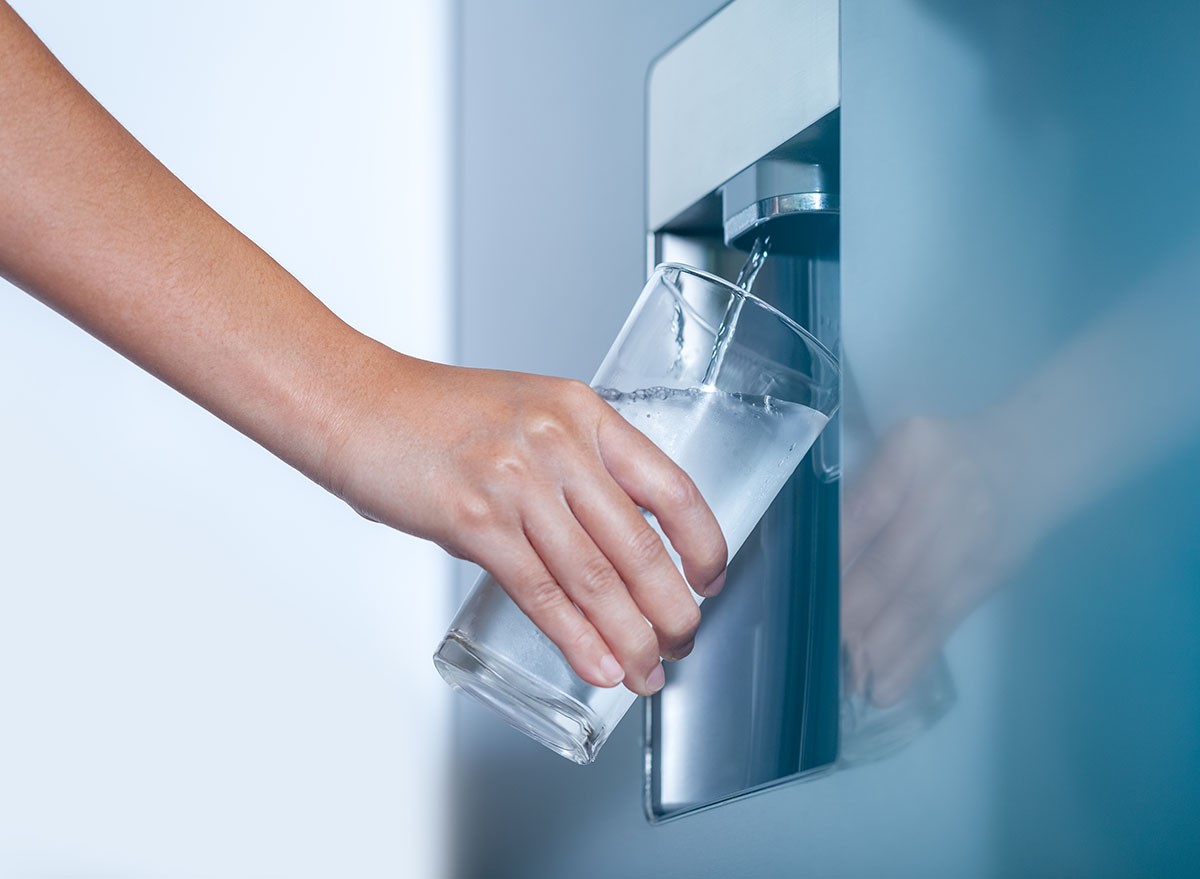
You might drink water during your workout but aren't hydrating enough before, she points out. "Not drinking enough water – Dehydration = weaker lifts, lower endurance, and muscle cramps mid-set," she says.
Skipping a Warm-Up

Another mistake? "Skipping a proper warm-up," she says. "Jumping straight into heavy lifts? Enjoy feeling like a senior citizen later."
Too Much Static Stretching Pre-Strength Training

Stretching is generally great prior to exercise. However, "Too much static stretching before lifting" isn't. "Long stretches before a workout can actually make you weaker. Save them for after," she suggests.
Drinking Too Much Caffeine
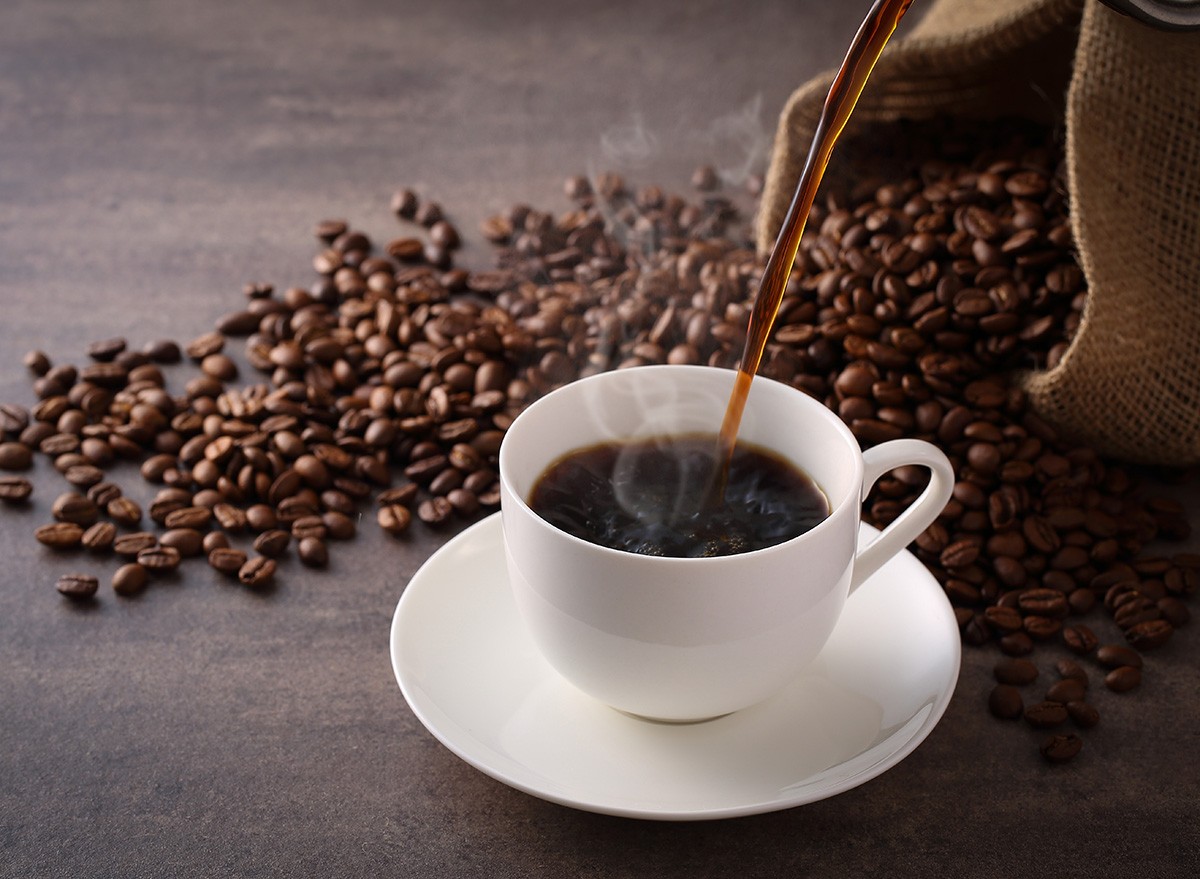
"Drowning in caffeine all day" is another faux pas you could be making. "Coffee + pre-workout + more coffee = fried nervous system before you even touch a dumbbell," she says.
RELATED: The #1 Dumbbell Workout To Melt Hanging Belly Fat
Not Getting Enough Sleep

"Running on zero sleep" isn't doing wonders for your workout. "You wouldn't expect your car to run with no gas. Why expect your body to perform on 3 hours of sleep?" she says.
Not Having a Plan
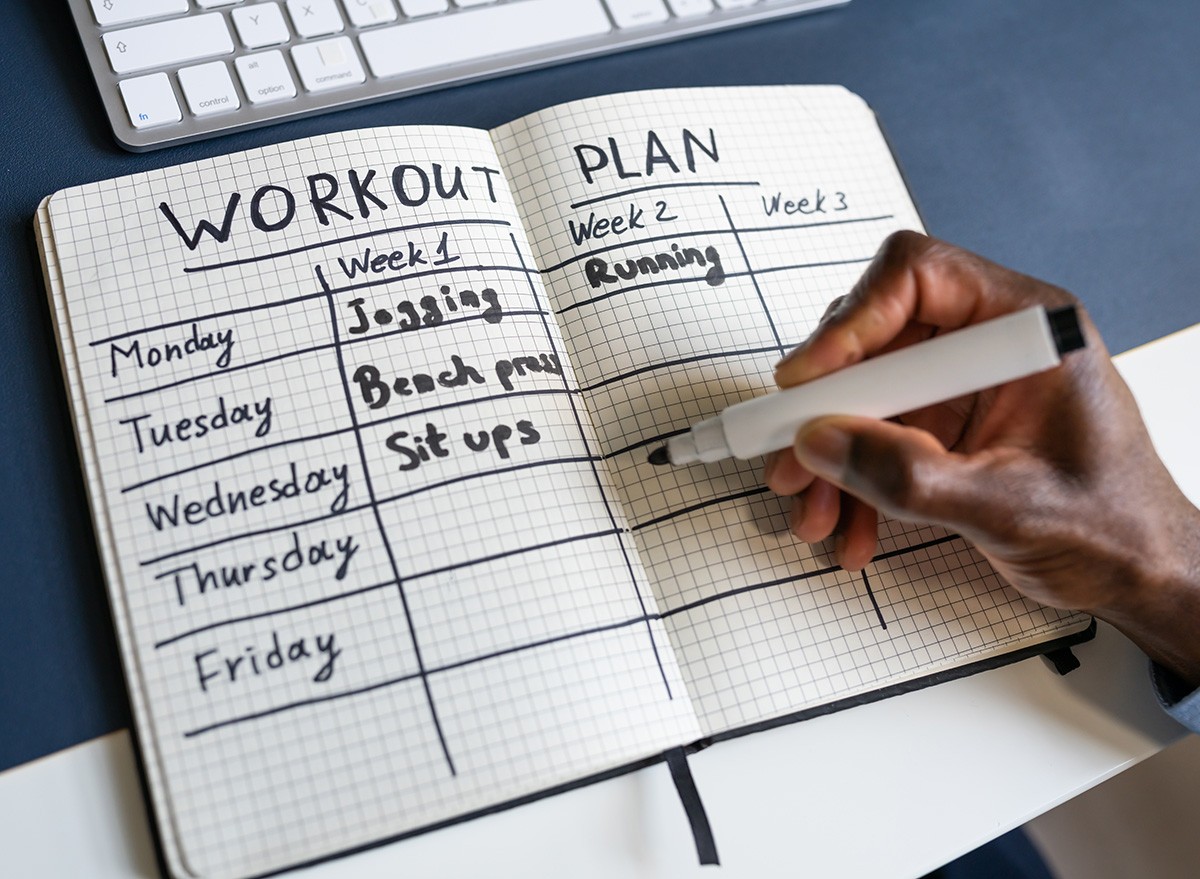
Training with no plan could result in a lot of wasted time at the gym. "Wandering around doing random exercises is the fast track to zero results. Follow a program," she says.
Spending Too Much Time on Your Phone

Getting lost in your phone was her last mistake. "Scrolling between sets? Your workout just turned into a social media session. Stay focused," she says.
Fix These Mistakes ASAP

"Fixing these mistakes won't just improve your workouts—it'll change your results. Time to level up!" Brittney concludes. And if you enjoyed this article, don't miss 12-3-30 Walking Method: 20 Proven Tips to Lose Weight Faster.




